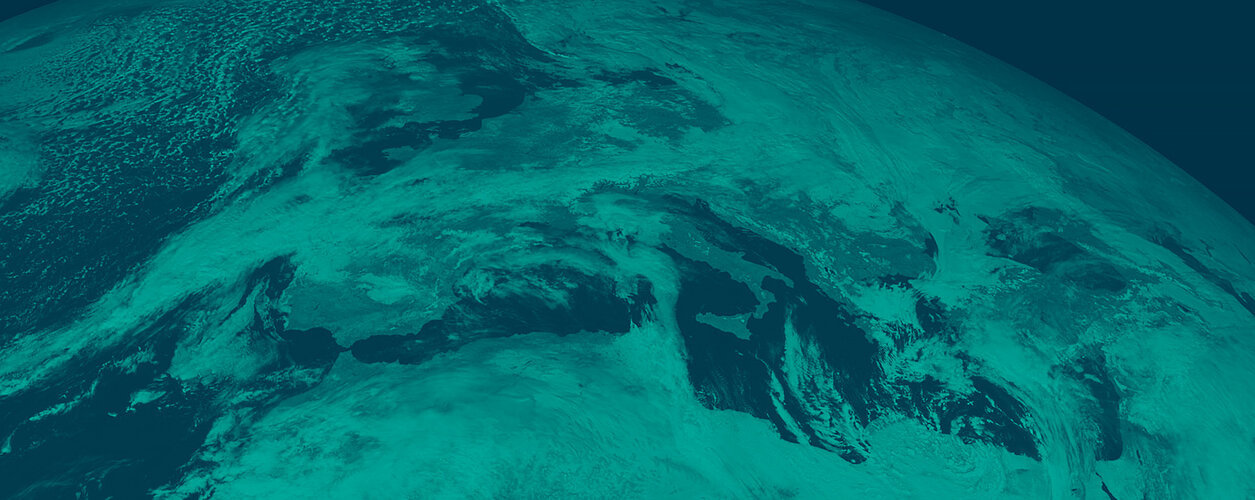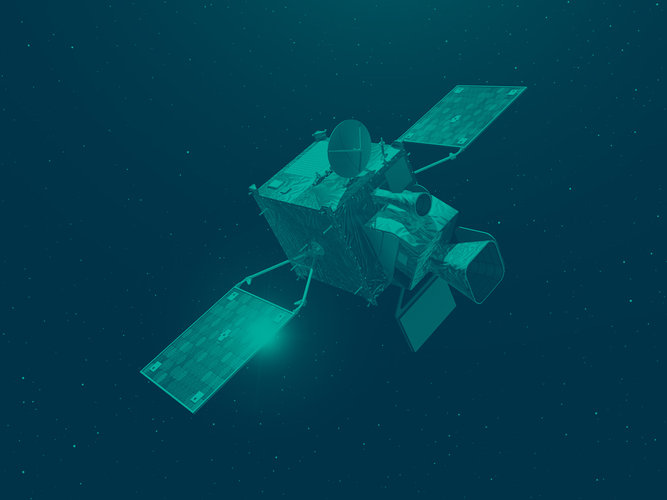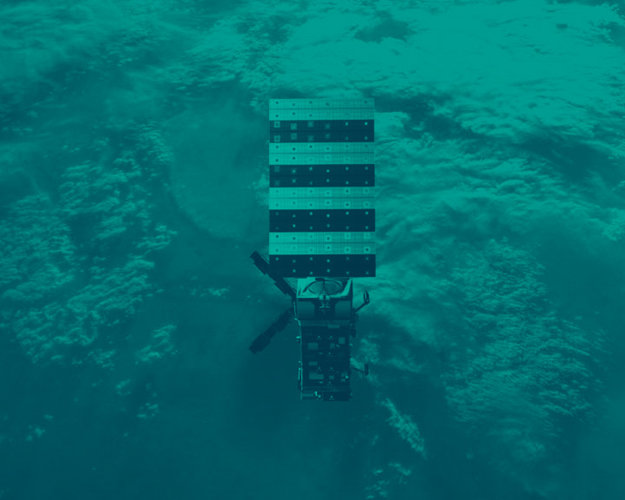Beyond MSG and MetOp
MSG is currently providing operational weather observations and environmental monitoring, but a follow-on operational meteorological satellite system, known as Meteosat Third Generation (MTG), is already being developed by ESA and Eumetsat.
The MTG fleet debuted in 2022 and will ensure continuity of high-resolution meteorological data for the next two decades.
This next series of geostationary weather satellites will be a step change by providing significant improvements over the capabilities of the current Meteosat generation.
The series will comprise six satellites: four MTG-I imaging and two MTG-S sounding satellites. The two types will be positioned over the same longitude in their geostationary orbits. The first imager satellite, MTG-I1, was launched on 13 December 2022.
The sounding element, which also carries the Sentinel-4 payload for the Copernicus programme as a guest payload, is a key innovation. For the first time, Meteosat satellites will not only image weather systems, but also analyse the atmosphere layer by layer and provide deeper insight into the complexities of its chemical composition.

Added to these are two atmospheric sounding missions:
- The Infrared Sounding (IRS) mission to support Numerical Weather Prediction (NWP) by providing atmospheric motion vectors through the tracking of three-dimensional water vapour patterns. It would also deliver more frequent information on vertical temperature and water-vapour profiles in the atmosphere.
- The UV/Visible Sounding (UVS) mission to support air quality monitoring and forecasting, being able to monitor pollution clouds and plumes. It would also be used for UV radiation monitoring and forecasting.
The MTG satellites will be three-axis stabilised rather than spin-stabilised, allowing a much higher duty cycle for observing the Earth. Consideration is also being given to having two satellites to support the imagery and sounding missions respectively. This would entail up to eight satellites including back-ups, each with a design lifetime of 8.5 years.
Following the previous model of cooperation between the two international organisations, ESA will fund basic technologies as well as the first satellite, and will be the overall procurement agent for MTG satellites. Eumetsat will define requirements and be responsible for the overall programme.
A similar approach is being pursued for the follow-on EPS/MetOp successor system, MetOp Second Generation (MetOp-SG). ESA is responsible for designing and manufacturing the space segment of the system – the satellites themselves. Eumetsat operates the MetOp satellites and is responsible for developing the ground segment of the system and delivering the meteorological data to the world-wide user community.
The two-satellite MetOp-SG system will provide data from polar orbit for weather forecasting and climate monitoring and the suite of instruments will provide information on atmospheric chemistry, air quality, oceanography, hydrology, wind, sea ice, precipitation and temperature profiles in the atmosphere.
Back to Meteosat homepage |










